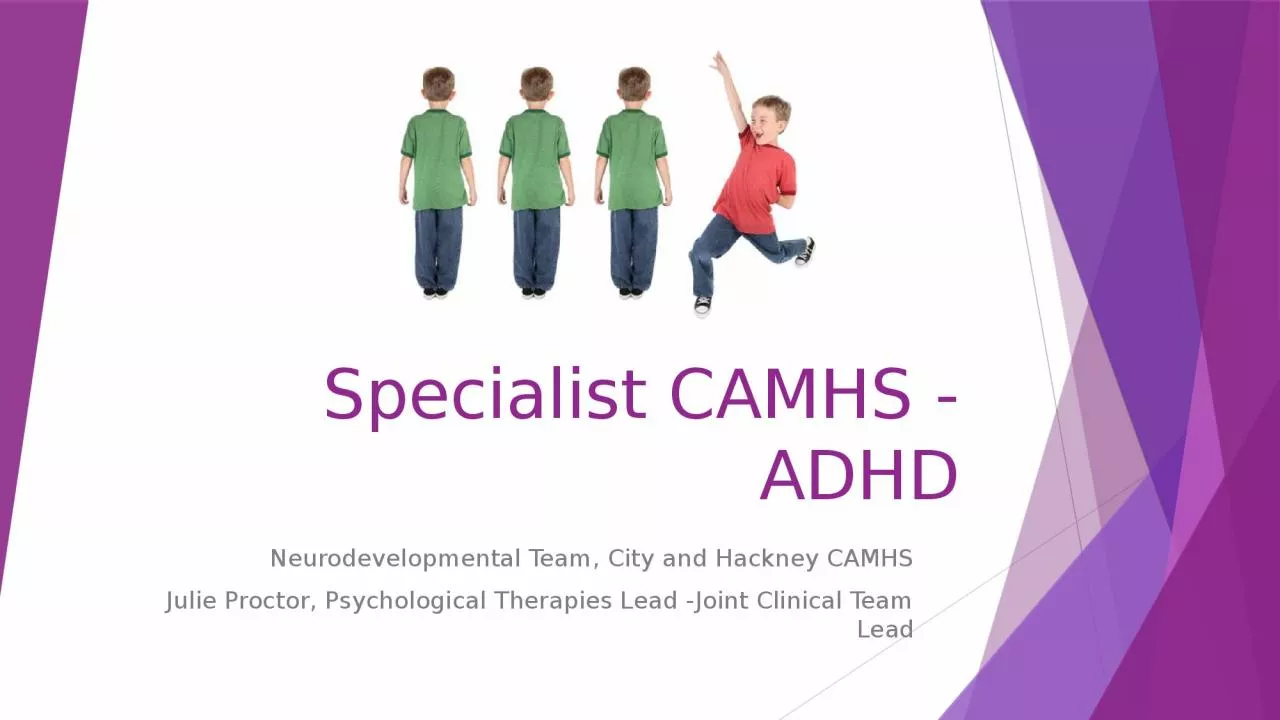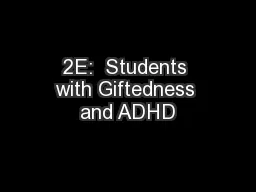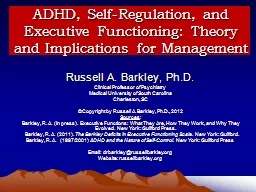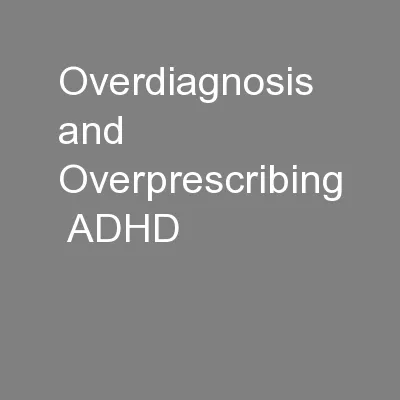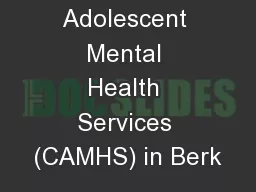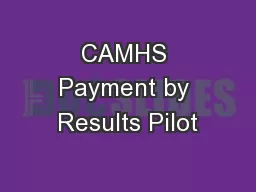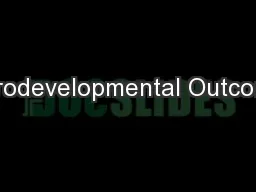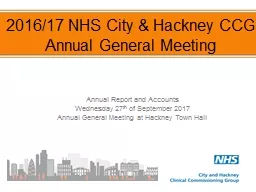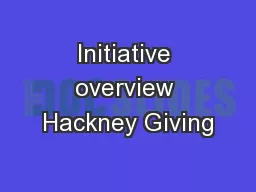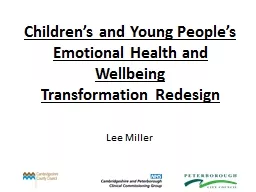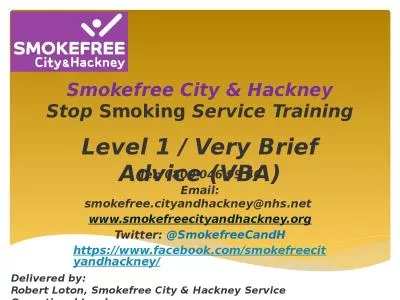PPT-Specialist CAMHS - ADHD Neurodevelopmental Team, City and Hackney CAMHS
Author : norah | Published Date : 2022-06-15
Julie Proctor Psychological Therapies Lead Joint Clinical Team Lead Neurodevelopmental Pathway Team 2 Consultant Psychiatrists Specialist Trainee in Psychiatry
Presentation Embed Code
Download Presentation
Download Presentation The PPT/PDF document "Specialist CAMHS - ADHD Neurodevelopment..." is the property of its rightful owner. Permission is granted to download and print the materials on this website for personal, non-commercial use only, and to display it on your personal computer provided you do not modify the materials and that you retain all copyright notices contained in the materials. By downloading content from our website, you accept the terms of this agreement.
Specialist CAMHS - ADHD Neurodevelopmental Team, City and Hackney CAMHS: Transcript
Download Rules Of Document
"Specialist CAMHS - ADHD Neurodevelopmental Team, City and Hackney CAMHS"The content belongs to its owner. You may download and print it for personal use, without modification, and keep all copyright notices. By downloading, you agree to these terms.
Related Documents

